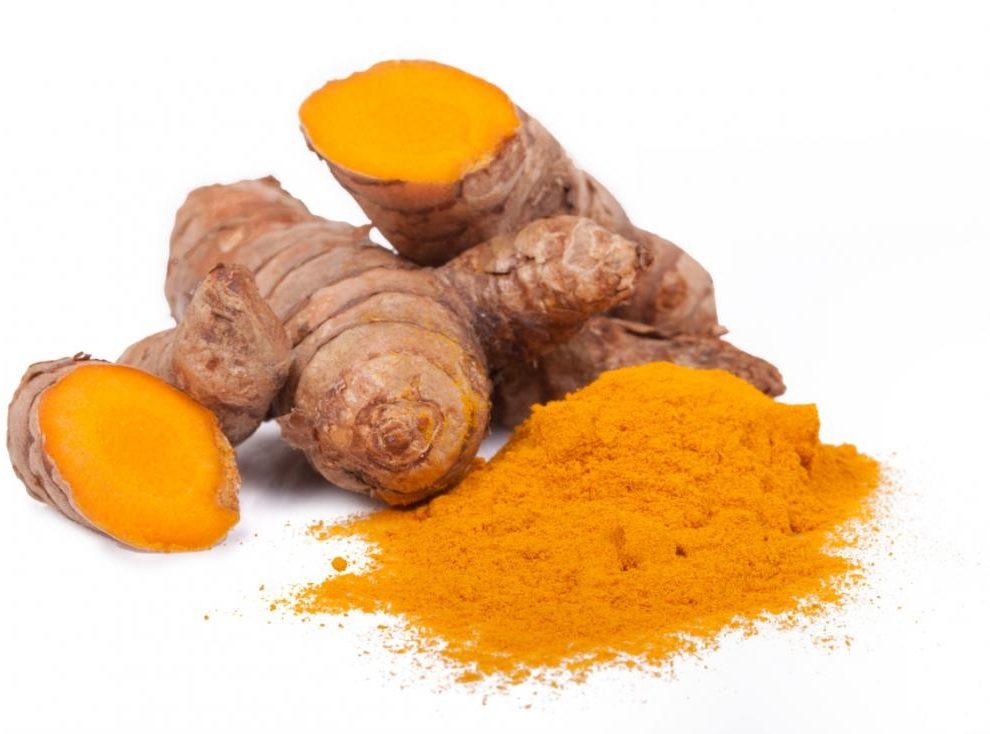
Welcome to a journey of health and wellness brought to you by the informative and engaging YouTube channel, Daisy Creek Farms with Jag Singh. Hosted by Jag Singh, a passionate gardener, and farmer, the channel is a wealth of knowledge for those seeking to lead a healthier lifestyle through homegrown food. Today, we delve into one of their enlightening videos titled “Top 5 Microgreens You Must Grow”.
Microgreens, the young vegetable greens harvested just after the cotyledon leaves have developed, are a must-have in your diet. They are packed with nutrients and are incredibly easy to grow at home. In this video, Jag Singh introduces us to the world of microgreens, their benefits, and the simple process of growing them at home.
🌿 The Importance of Microgreens
Microgreens are the germinated seeds of vegetables and herbs. They are rich in vitamins, minerals, and enzymes that aid digestion. Microgreens are also known for their high fiber content, which aids in digestion and promotes a feeling of fullness.
Eating microgreens is like consuming a complete vegetable in itself. For instance, just a handful of broccoli microgreens can provide as much nutrition as a full-sized broccoli head. Microgreens are also a great source of plant-based protein, making them an excellent choice for vegetarians and vegans.
5 Mircrogreens You Can Easily Grow at Home
Let’s dive into the process of growing microgreens at home, as demonstrated by Jag Singh in the video. We will be focusing on five types of microgreens: Sunflower, Pea, Radish, Broccoli, and Cress.
5. Cress Microgreens 🌱
Cress microgreens are easy to grow and have a unique peppery flavor. They are rich in antioxidants, vitamins, and minerals. Cress microgreens can be used in salads, sandwiches, and soups to add a peppery flavor and a nutritional boost. To grow them, soak the cress seeds for 24 hours. The seeds will develop a gel-like medium, similar to chia seeds. Transfer the seeds, including any gel or water, to a container. There’s no need to cover the seeds with soil or blackout the seeds. After two days, the cress seeds will develop shoots. Keep watering every other day with a spray bottle. After another four days, the shoots are about two inches tall and ready to harvest.
4. Broccoli Microgreens 🥦
Broccoli microgreens are packed with nutrients and are easy to grow. They are known for their cancer-fighting properties and are a great source of vitamins A, C, and E. Broccoli microgreens can be added to salads, smoothies, and sandwiches for a nutritional punch. Unlike other seeds, broccoli seeds do not need to be soaked. Add the seeds on top of the growing medium and cover them with another container to blackout the seeds. After three days, uncover the container and the broccoli seeds will have developed shoots. Keep watering every other day with a spray bottle. After another five days, the shoots are about three inches tall and ready to harvest.
3. Radish Microgreens 🌶️
Radish microgreens are the fastest-growing microgreens of all. They have a spicy flavor and are packed with nutrients. They are a great source of vitamins A, B, C, E, and K, and also contain essential amino acids and antioxidants. Radish microgreens can be used in salads, sandwiches, and soups to add a spicy kick and a nutritional boost. To grow them, sprinkle the radish seeds in the container and spread the seeds well, leaving some gaps in the cluster of seeds. Cover the seeds with a growing medium and water the container. After two days, the radish seeds will sprout and begin to grow. After another four days, the radish microgreens are about three inches tall and ready to harvest.
2. Pea Shoot Microgreens 🌾
Pea shoot microgreens are the second most popular microgreens right after sunflower microgreens and they are by far the easiest microgreens to grow. They are high in vitamins A, C, and folic acid and are known for their sweet, fresh flavor. Pea shoot microgreens can be used in salads, stir-fries, and smoothies. To grow them, soak the pea seeds for 24 hours. Then, add the seeds on top of the growing medium and cover them with another container to blackout the seeds. After two days, the pea seeds will start to develop shoots. Keep watering every other day with a spray bottle. After another five days, the shoots are about five to six inches tall and ready to harvest.
1. Sunflower Microgreens 🌻
Sunflower microgreens are the most popular microgreens in the market. They are known for their nutty flavor and crunchy texture. Sunflower microgreens are a great source of healthy fats, fiber, vitamins, and minerals. They can be used in salads, sandwiches, and wraps. To grow them, soak the sunflower seeds for 24 hours. Then, add the seeds on top of the growing medium and cover them with another container to blackout the seeds. After two days, the sunflower seeds will develop shoots. Keep watering every other day with a spray bottle. After another five days, the shoots are about four inches tall and ready to harvest.
Growing your own food is the healthiest way to live a lifestyle. With mass-production of produce these days, we don’t even know what we are consuming. There are so many chemical fertilizers and pesticides being sprayed on our produce. Let’s take matters into our own hands, let’s grow our own organic produce, our own fruits and vegetables, and herbs, and live a healthy lifestyle.
If you’re interested in joining a community of curious people, who share their experiments and results, consider joining the Vibrant and Engaging community of Food Lovers Facebook group. It’s a great place to share your microgreen growing experiences and learn from others.
Remember, the journey to a healthier lifestyle starts with a single step. Start growing your microgreens today! 🌱🌱🌱












